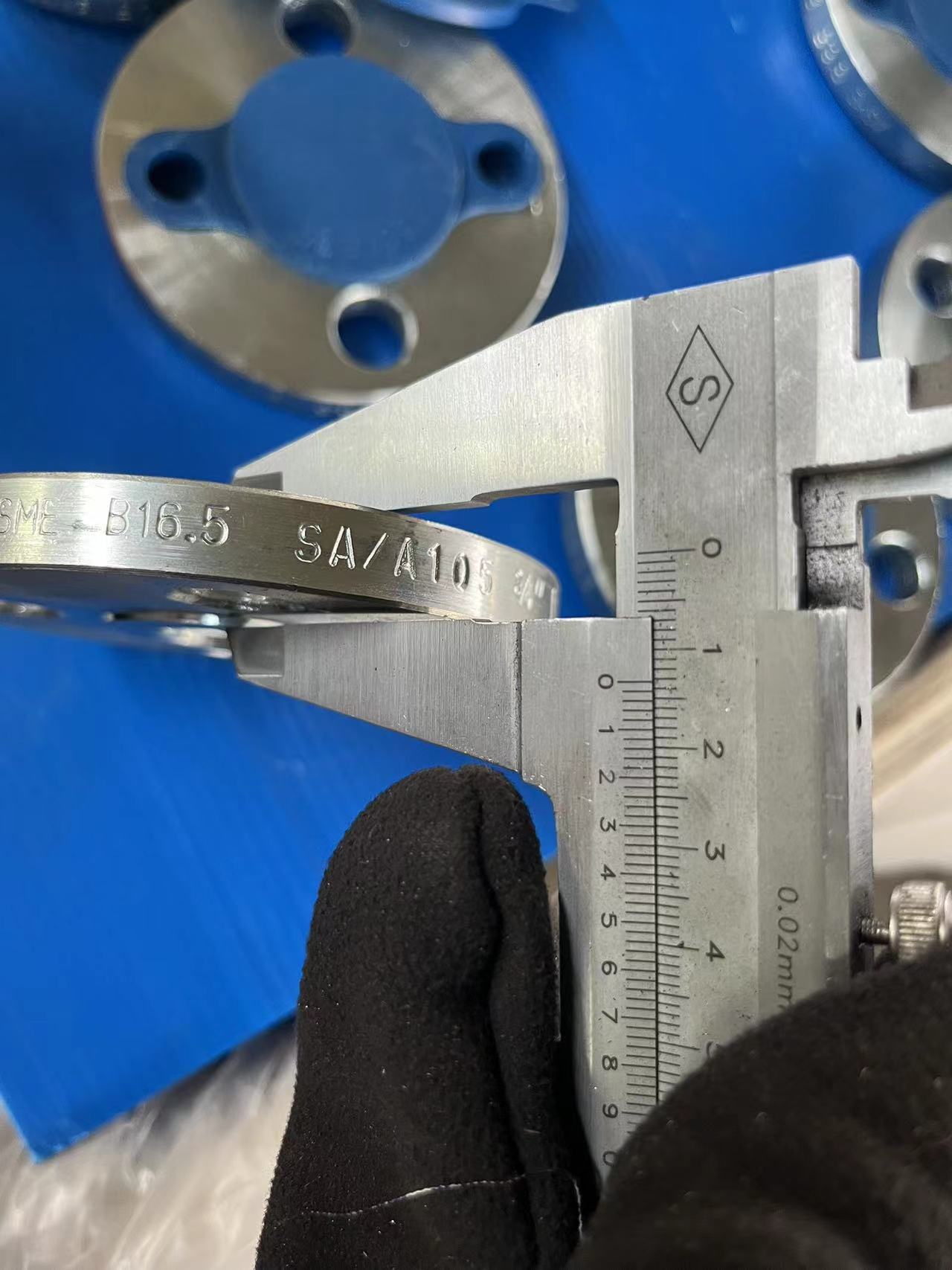-
Cangzhou Yulong Steel Co., Ltd.
-
Phone:
+86 13303177267 -
Email:
admin@ylsteelfittings.com
- English
- Arabic
- Italian
- Spanish
- Portuguese
- German
- kazakh
- Persian
- Greek
- French
- Russian
- Polish
- Thai
- Indonesian
- Vietnamese
- Zulu
- Korean
- Uzbek
- Hindi
- Serbian
- Malay
- Ukrainian
- Gujarati
- Haitian Creole
- hausa
- hawaiian
- Hebrew
- Miao
- Hungarian
- Icelandic
- igbo
- irish
- Japanese
- Javanese
- Kannada
- Khmer
- Rwandese
- Afrikaans
- Albanian
- Amharic
- Armenian
- Azerbaijani
- Basque
- Belarusian
- Bengali
- Bosnian
- Bulgarian
- Catalan
- Cebuano
- China
- China (Taiwan)
- Corsican
- Croatian
- Czech
- Danish
- Esperanto
- Estonian
- Finnish
- Frisian
- Galician
- Georgian
- Kurdish
- Kyrgyz
- Lao
- Latin
- Latvian
- Lithuanian
- Luxembourgish
- Macedonian
- Malgashi
- Malayalam
- Maltese
- Maori
- Marathi
- Mongolian
- Myanmar
- Nepali
- Norwegian
- Norwegian
- Occitan
- Pashto
- Dutch
- Punjabi
- Romanian
- Samoan
- Scottish Gaelic
- Sesotho
- Shona
- Sindhi
- Sinhala
- Slovak
- Slovenian
- Somali
- Sundanese
- Swahili
- Swedish
- Tagalog
- Tajik
- Tamil
- Tatar
- Telugu
- Turkish
- Turkmen
- Urdu
- Uighur
- Welsh
- Bantu
- Yiddish
- Yoruba

Nov . 04, 2024 17:32 Back to list
Understanding ANSI 300 LB Flanges Specifications and Applications
Understanding ANSI Class 300 Flanges An Overview
Flanges are mechanical components that play a crucial role in various industrial applications, providing a robust means to connect pipes, valves, and other equipment in a fluid or gas system. Among the different flange specifications used in the industry, the ANSI (American National Standards Institute) class 300 flange is one of the most common, especially in high-pressure applications. This article delves into the characteristics, applications, and advantages of ANSI class 300 flanges.
What are ANSI Class 300 Flanges?
ANSI class 300 flanges are designed to handle medium to high-pressure systems. The designation '300' signifies the flange's pressure handling capability under certain temperature conditions, typically at a maximum pressure of 300 psi (pounds per square inch) at a temperature of around 100°F (38°C). It’s important to note that the pressure rating significantly decreases at higher temperatures, making it essential to consider operating conditions when selecting a flange.
Specifications and Dimensions
Flanges come in various materials, including carbon steel, stainless steel, and alloy steel, making them suitable for different environments and media. ANSI class 300 flanges are manufactured according to specific standards such as ANSI B16.5, which outlines flanges' dimensions, tolerances, and material specifications. The most common types of ANSI class 300 flanges are raised face (RF), flat face (FF), and ring-type joint (RTJ).
Dimensions The dimensions of a class 300 flange can vary depending on the nominal pipe size (NPS). For example, a 10-inch NPS class 300 flange will have a specific diameter, thickness, and bolt hole configuration that adheres to ANSI standards. The raised face height is typically 1/16 inch, allowing for a better seal when gaskets are used.
Connection and Installation
Connecting class 300 flanges involves the use of bolts that are torqued to create a proper seal. The bolt circle diameter and the number of bolts depend on the flange size and pressure class. Proper installation techniques, including the use of appropriate gaskets and torque specifications, are critical to ensure leak-proof connections. The installation should also consider factors such as alignment, cleanliness, and the condition of the surfaces being joined.
flange ansi 300 lbs

Application Areas
ANSI class 300 flanges are widely used in several industries, including
1. Oil and Gas In extraction, refining, and transportation of oil and natural gas, class 300 flanges ensure reliable connections in pipelines, valves, and fittings. 2. Chemical Industry The ability to handle high pressures and corrosive substances makes these flanges essential in chemical processing plants. 3. Water Supply Municipal water systems often utilize class 300 flanges for main transmission lines and distribution networks. 4. Power Generation In power plants, ANSI class 300 flanges are employed in steam lines and cooling systems, where high pressures are prevalent.
Advantages of ANSI Class 300 Flanges
The use of ANSI class 300 flanges comes with several advantages
- Durability Constructed from robust materials, these flanges can withstand harsh environmental conditions and high operational pressures. - Versatility Available in various sizes and materials, they can be adapted to fit different system requirements across multiple industries. - Ease of Maintenance The modular nature of flanged connections allows for easier disassembly and maintenance compared to welded connections, enabling quick repairs or replacements without extensive system downtime.
Conclusion
ANSI class 300 flanges are a fundamental component in many piping systems, providing essential connections that ensure safety and efficiency in fluid transport. Understanding the specifications, proper installation techniques, and application areas of these flanges is crucial for engineers and maintenance personnel. As industries continue to evolve and demand higher performance, class 300 flanges will remain a vital part of industrial infrastructure, supporting safe and effective operations across various sectors.
Latest news
-
ANSI 150P SS304 SO FLANGE
NewsFeb.14,2025
-
ASTM A333GR6 STEEL PIPE
NewsJan.20,2025
-
ANSI B16.5 WELDING NECK FLANGE
NewsJan.15,2026
-
ANSI B16.5 SLIP-ON FLANGE
NewsApr.19,2024
-
SABS 1123 FLANGE
NewsJan.15,2025
-
DIN86044 PLATE FLANGE
NewsApr.19,2024
-
DIN2527 BLIND FLANGE
NewsApr.12,2024
-
JIS B2311 Butt-Welding Fittings LR/SR 45°/90° /180°Seamless/Weld
NewsApr.23,2024











